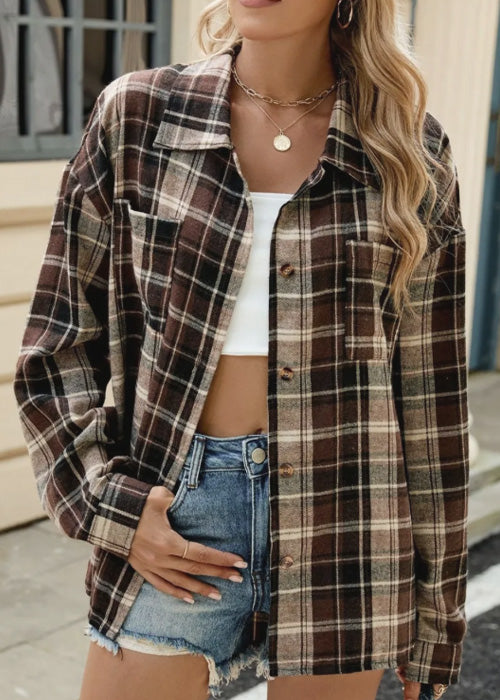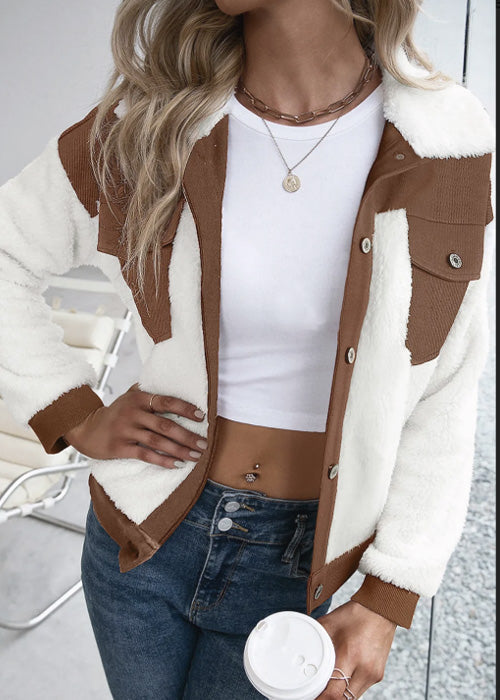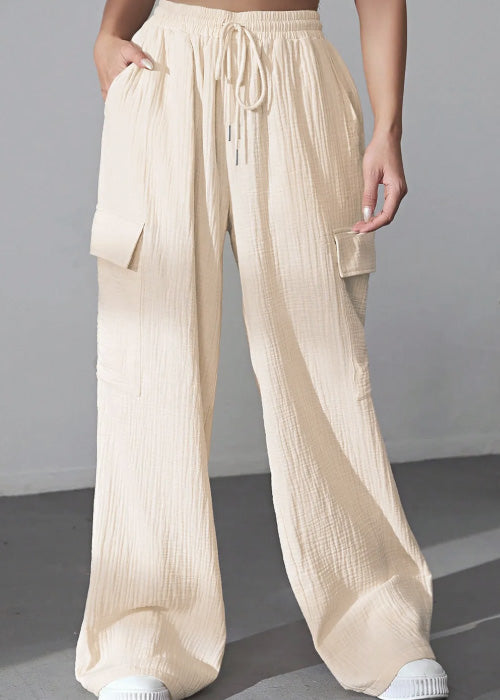Denim is a relatively young fabric that has captured the world’s attention thanks to its durability and versatility. It originated on the factory floor of Levi Strauss, initially used for creating rugged workwear. Early prototypes of denim were crafted from canvas fabric, which later evolved into what we know as denim today. This transformation marked the beginning of a material that would become synonymous with casual, everyday fashion.
The popularity of denim surged in the United States during the mid-20th century, fueled by iconic Western movies where cowboys sported pants similar to modern jeans. Today, denim stands as one of the most beloved textiles worldwide.
How Denim is Made
The production of denim remains a complex and labor-intensive process, even in modern manufacturing facilities. Denim’s signature look and feel come from its unique weaving technique. Threads are woven in a diagonal pattern (known as twill), which creates its recognizable texture. This method of weaving is integral to denim's identity.
Denim is predominantly made from cotton. The fabric is constructed using dyed warp threads and undyed weft threads, which gives the material its distinct two-tone appearance: dark on the outside and light on the inside. Advanced techniques, such as incorporating uneven cotton threads, can produce fabrics with unique textures or patterns.
Types of Denim Fabric
The market offers a variety of denim fabrics, each catering to different styles and purposes. Here are some of the most common types:
1. Denim
The classic version of the fabric, made with dyed cotton and twill weave, it’s known for its strength and durability.
2. Broken Twill Denim
This type features a zigzag pattern resembling a herringbone. It is more textured and dense due to alternating weave directions.
3. Stretch Denim
This variety includes elastane fibers, providing flexibility and a snug fit. It’s particularly popular for women’s fashion, such as skinny jeans.
4. Chambray
Lightweight and breathable, chambray resembles denim but is thinner and more suitable for summer wear like shirts and dresses.
5. Ecru
Unbleached and undyed denim, showcasing its natural cotton shade.
6. Cotton Denim
A more affordable, 100% cotton alternative that retains the durability of traditional denim.
7. Selvedge Denim
A premium, tightly woven version known for its clean, finished edges.
Applications of Denim
Denim’s versatility makes it a staple in many wardrobes and industries. Common uses include:
- Clothing: Jeans, jackets, skirts, shorts, dresses, and shirts.
- Accessories: Hats, bags, and belts.
- Footwear: Lightweight denim sneakers and summer shoes.
- Home Décor: Upholstery and curtains for a casual, rustic look.
Pros and Cons of Denim
Advantages:
- Durability: Denim is strong and long-lasting.
- Versatility: It pairs well with a variety of other fabrics and styles.
- Easy Maintenance: Denim requires minimal care and retains its look for years.
- Breathability: Cotton-based denim is comfortable in a range of climates.
Disadvantages:
- Cost: High-quality denim, such as selvedge, can be expensive.
- Rigidity: Some denim fabrics are stiff, especially after washing.
- Weight: Heavier denim can be uncomfortable in warmer climates.
Caring for Denim
Proper care extends the life of your denim and helps maintain its color and texture. Follow these tips:
Washing
- Turn garments inside out to reduce fading.
- Use liquid detergents and avoid bleach.
- Wash at a temperature not exceeding 40°C (104°F).
- Avoid frequent washing to retain denim’s color and texture.
Drying
- Air-dry your denim in a shaded area to prevent sun damage.
- Do not wring or twist the fabric.
- Lay flat or hang to dry without folding over a line.
Ironing
Iron denim on a medium setting while slightly damp for best results. For thicker fabrics, use higher heat. Always iron from the reverse side to protect the color.
Fun Facts and Tips
- Freeze Instead of Wash: Place your jeans in the freezer to kill bacteria without washing.
- Stretch vs. Shrink: To stretch tight jeans, dampen and wear them until dry. To shrink, soak them in hot water.
- Fix a Stuck Zipper: Use wax, graphite, or oil for quick fixes.
Denim’s rich history and unparalleled versatility have made it a fabric that transcends trends and generations. From rugged workwear to high-fashion runways, denim is here to stay—comfortably straddling the line between practicality and style.






